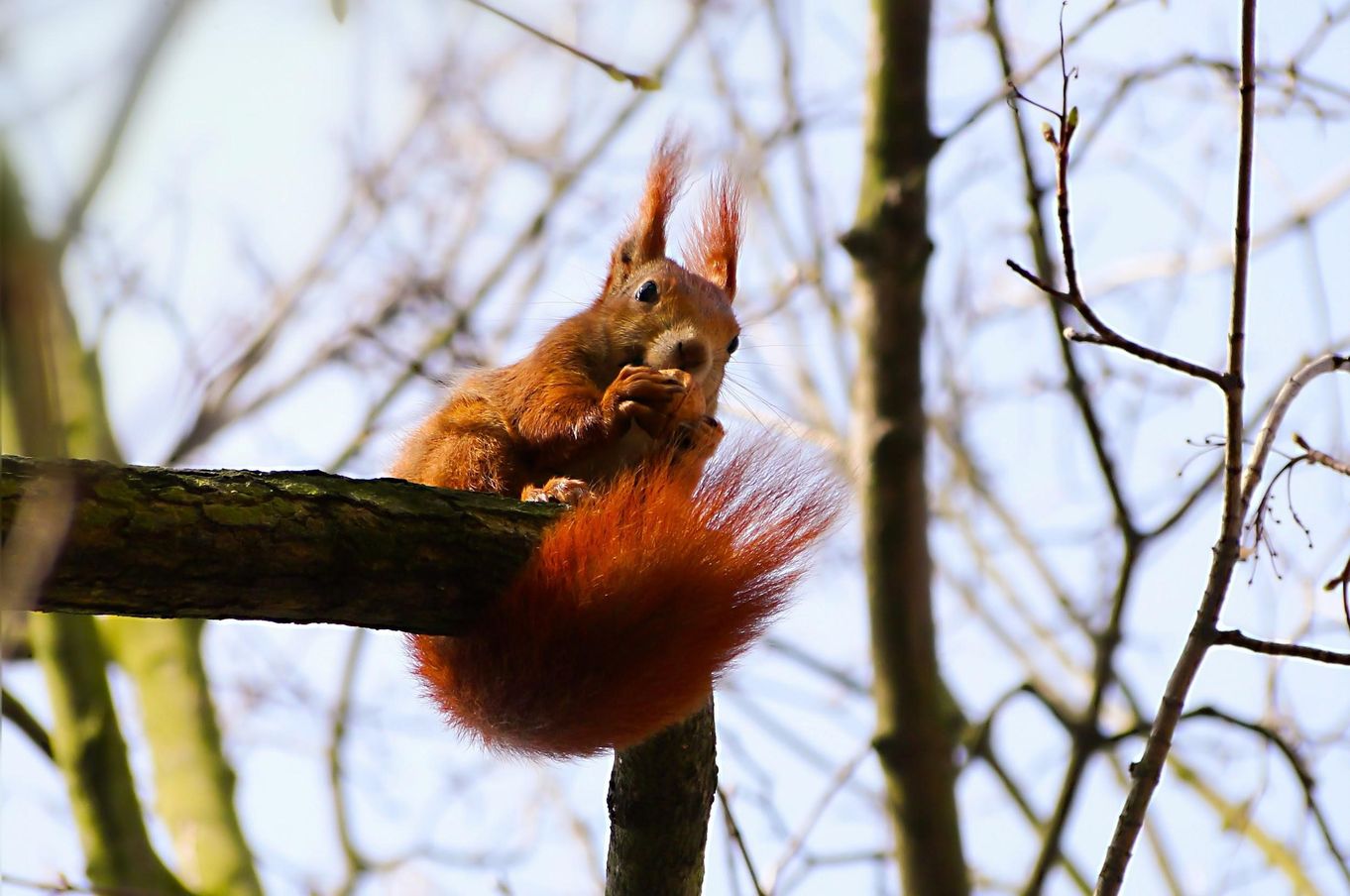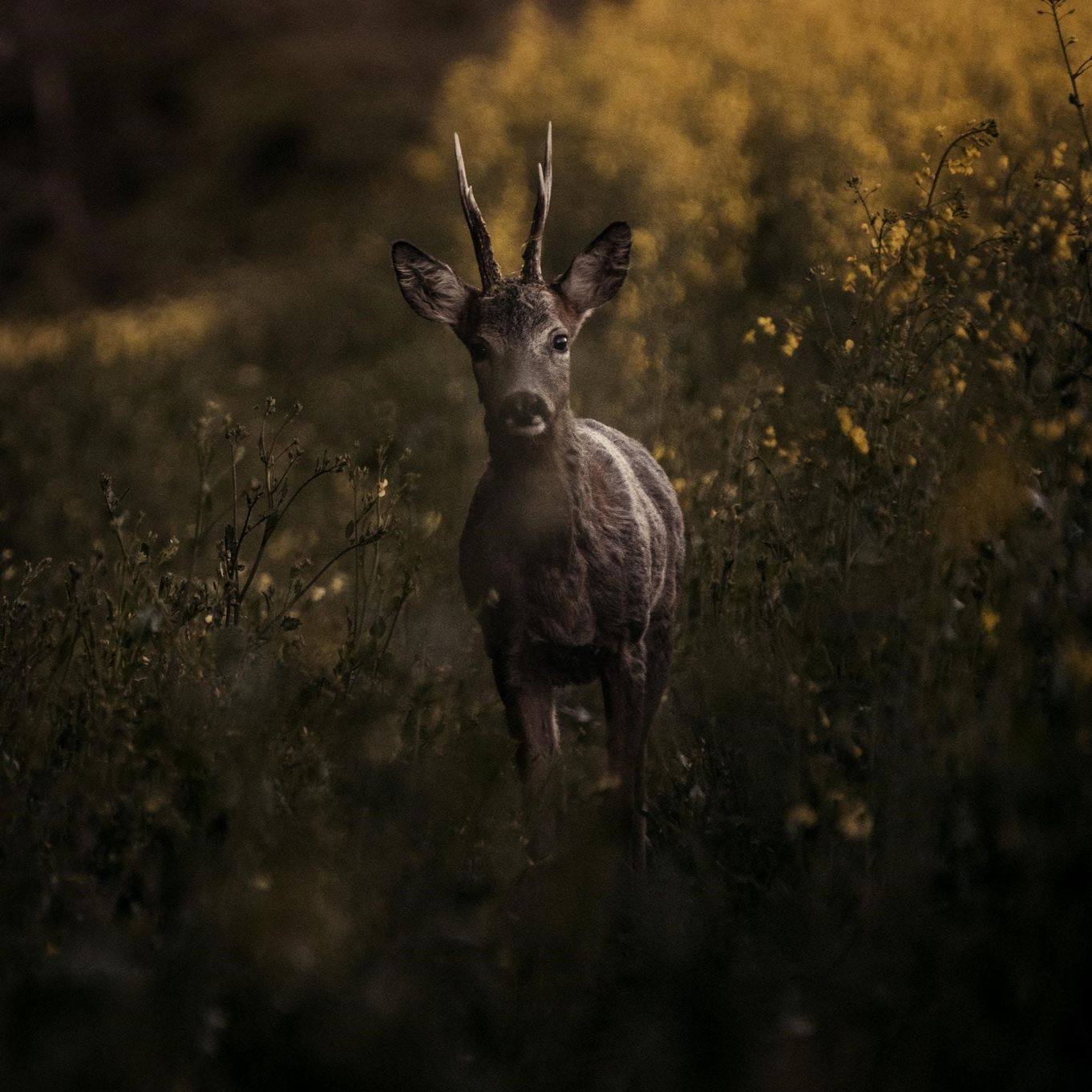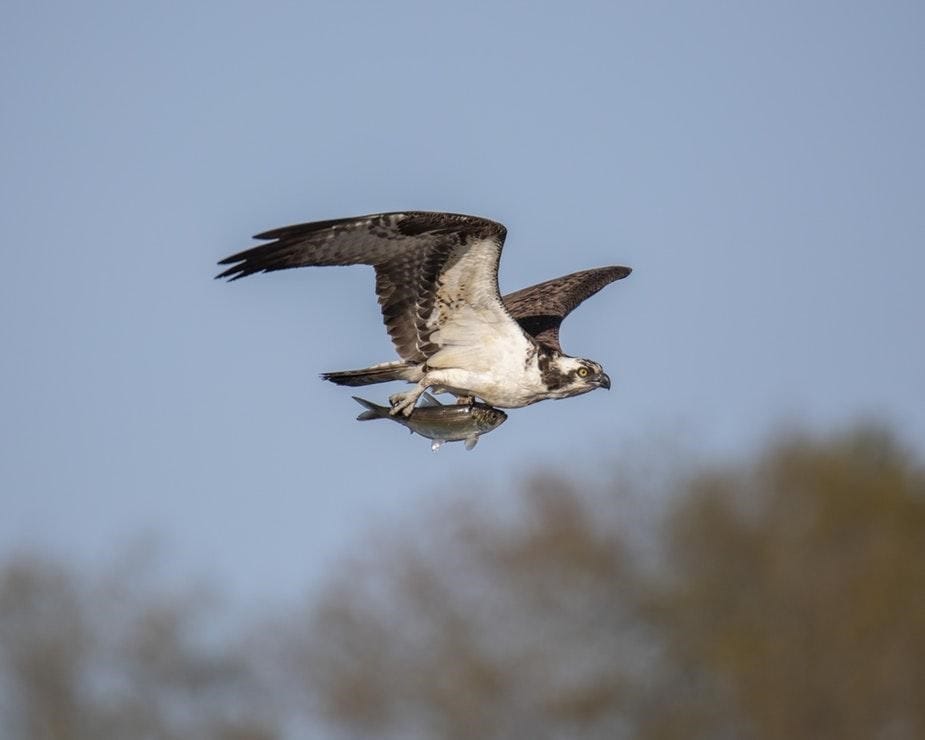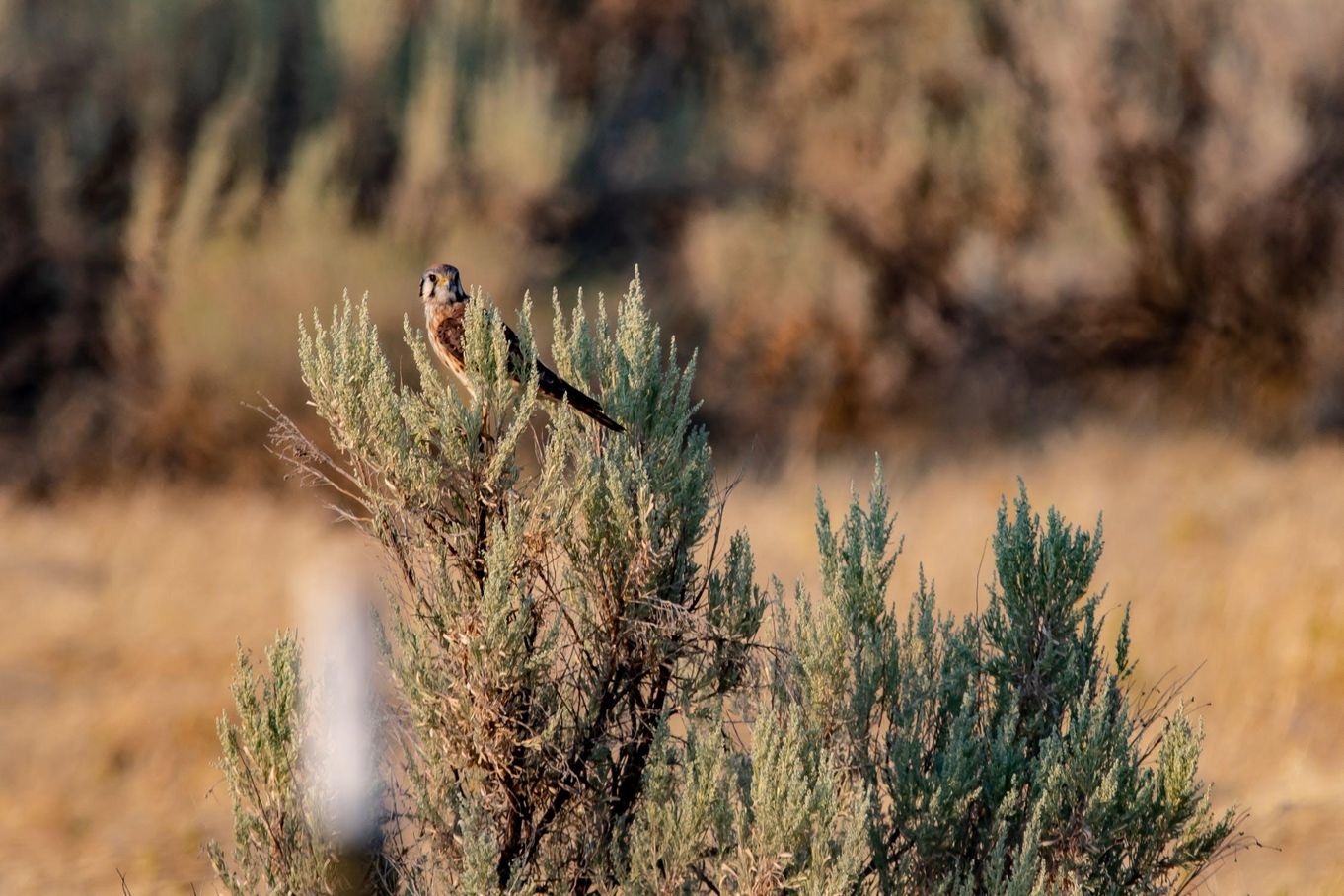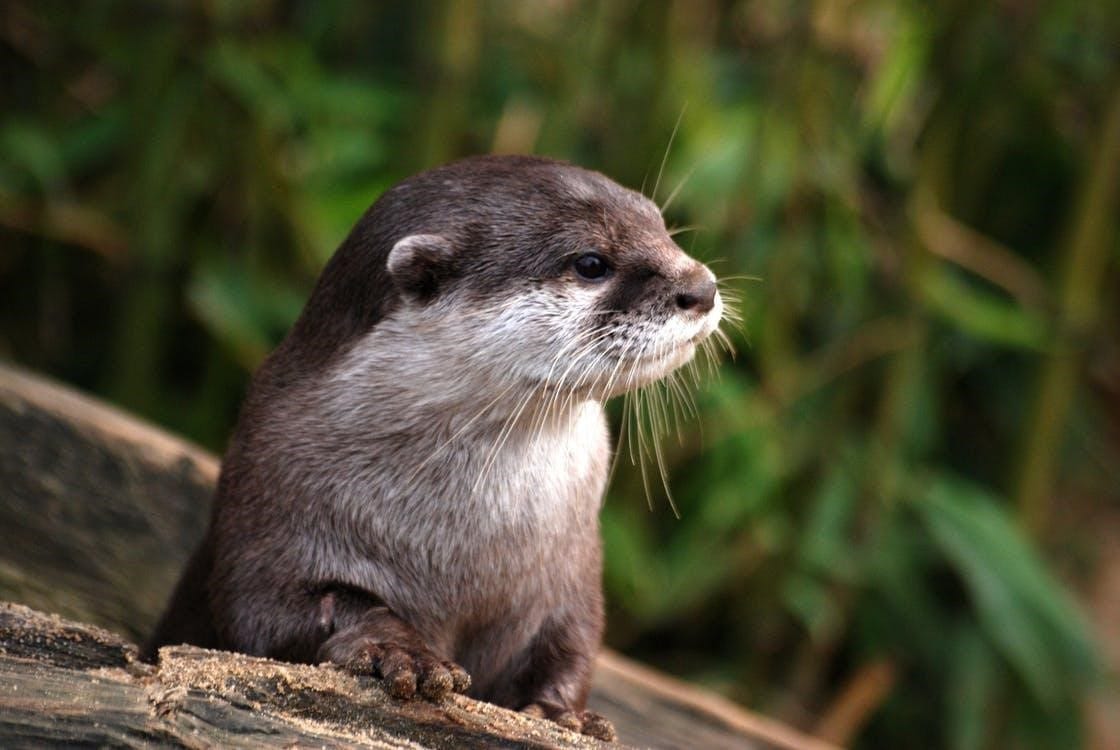Where to Spot Lake District Wildlife
The Lake District boasts some of the most beautiful scenery in the UK, with stunning lakes, striking fells and mountains, and enchanting woodlands to be explored. Not only is the Lake District a popular tourist destination, but it’s also home to a huge variety of native wildlife. From red squirrels and otters, to ospreys and peregrine falcons, we’ve come up with a handy guide to Lake District wildlife, and all the best places to spot them.
Red squirrel
Red squirrels are a native species to the UK and have lived here for around 10,000 years. Red squirrels are undoubtedly very cute, which makes them popular with visitors to the area, but they are also endangered and at serious risk of becoming extinct within the next decade. Their main threat is the growing number of grey squirrels. Grey squirrels aren’t native to the UK but were brought over from the US in the Victorian era, and subsequently escaped into the wild: there are now approximately 2.5 million grey squirrels in the UK in comparison to around 140,000 red squirrels. Grey squirrels carry a virus known as “squirrelpox” which doesn’t affect their health, but kills red squirrels. Grey squirrels are also taking over habitat and food resources, meaning red squirrels miss out. There are numerous conservation efforts in place across the UK to try to save the red squirrel but, in the meantime, the Lake District is one area where you can still spot them.
Where and when to spot them: Whinlatter Forest, Borrowdale Valley woodlands, Ennerdale woodlands. Whinlatter Forest has feeders which attract red squirrels, so this is a good place to spot them. Red squirrels don’t hibernate, so there’s potential to spot them all year round: however, they don’t like bad weather, which means you’re less likely to see one on a rainy day. Red squirrels’ mating season is from January to early spring, where males chase females through the treetops in amazing acrobatic displays, so if you’re walking through the woodlands, make sure to look up!
Roe deer
Roe deer are our most common native species of deer in the UK. They became extinct in England in the 1800s due to over-hunting, but were successfully re-introduced, and now have a stable population. There are a few different species of deer in the UK, but you can tell them apart easily from their appearance. Roe deer are medium sized and slender, with no tail, and males have short antlers with three points. They are generally brown in colour, with a reddish hue in the summer and turn grey in winter, with a paler rump.
Where and when to spot them: Roe deer prefer to stay in forest or woodland, but do venture out into open fields sometimes, and are more likely to do so at night. They are solitary throughout most of the year, but will group together in the winter. Roe deer are shy and easily startled, so they aren’t always easy to see: the best time to see them is early in the morning or late evening, as long as you’re quiet!
Red deer:
Red deer are the largest land mammal in the UK and are most common in Scotland, although they can also be found in some areas of England, including the Lake District. They’re easily distinguishable from roe deer due to their much larger size: male red deer can grow up to 137cm tall and weight about 190kg. Male red deer have large, branching antlers, which can be up to a metre in breadth. Their fur is darker than roe deer, ranging from red to brown in summer and brownish grey in winter, with paler rumps and tails.
Where and when to spot them: Red deer prefer woodland and forest habitats, but can also adapt to living on hills and moors. In the Lake District, you’re more likely to spot them in woodland or forest areas. They are usually solitary, or exist in small groups. During autumn, their breeding season, you might hear the bellowing noises made by stags during the “rut”, where males fight each other for dominance. You can find red deer in Ennerdale valley, at Haweswater RSPB nature reserve, and in Borrowdale valley, where red deer can be seen on the higher fells above the treeline.
Osprey: Ospreys are a migratory bird which can be found in the Lake District during the summer months. They are a large bird of prey with an impressive five-foot wingspan, with dark brown upper feathers and wings, and a white underside. Their heads are white, with brown markings around their eyes. Ospreys hadn’t been seen in the Lake District since the 1830s, until a pair arrived in 2001 and nested beside Bassenthwaite. Now ospreys migrate to the area every summer, before returning to West Africa for the winter. They are fish eating birds, so you can often spot them soaring over the lake surface before diving to catch their prey with their talons.
Where and when to spot them: Ospreys can be seen in the Lakes between April and August, and the best place to find them is by Bassenthwaite, where they nest. There are two unmanned viewing points for ospreys at Dodd Wood .
Peregrine Falcon
The peregrine falcon is a large, powerful bird of prey, and is the largest falcon that can be found in the UK. Peregrine falcon numbers fell dramatically in the 1960s due to persecution, but thankfully their numbers recovered and they are now widespread, living in rural habitats such as the Lake District as well as towns and cities. You might be surprised to learn that peregrines are also the fastest animal on earth - that’s right, they’re even faster than cheetahs - and can reach speeds of up to 200mph when they dive for their prey. Peregrines are dark grey with white undersides, mask-like facial markings, and short tails. Peregrine falcons’ diet is made up largely of other birds, which they catch mid-air: they usually eat medium sized birds such as feral pigeons or ducks.
Where and when to spot them: If you walk through Borrowdale Valley during the spring, you might be able to hear the mating calls of peregrine falcons. Peregrines also nest at the aptly named Falcon Crag, so this is a good place to keep an eye out for them. You might spot them flying overhead whilst travelling around the Lakes.
Kestrel
Kestrels are one of the UK’s most common birds of prey and can be seen regularly around the Lake District. They are a fairly small bird of prey, usually smaller than a feral pigeon, and are brown in colour, with pointed wings and yellow legs. You can easily tell male and female kestrels apart, as males have grey heads and tails, and black spots on their underbelly, while females are a more uniform brown colour, with black bands on their tails, and are larger than males. Kestrels can often be seen hovering over fields or roadsides looking for their prey. Kestrels are able to keep their heads perfectly still while hovering, and have excellent eyesight, being able to spot very small prey from great distances away, and can also see ultraviolet light: this comes in handy when hunting for voles and mice, which leave trails of urine which can be seen in UV light, leading the kestrels straight to them.
When and where to spot them: Kestrels can be spotted all around the Lake District, but prefer areas of open grassland and countryside, where they can hunt for small mammals like mice and field voles. In bad weather, kestrels use perches to look for their prey instead of hovering, so you might spot them atop telegraph poles or other high structures.
Otter
Otters are one of Britain’s top predators and are making a comeback in rural areas after having been threatened by habitat destruction and hunting. Otters are excellent swimmers, but are only semi-aquatic, and live in dens known as “holts” which are usually burrows or hollow trees along the water’s edge. Otters are large, powerful animals, with pale grey-brown fur, pale chests and throats, and a broad nose and face. They are well adapted for swimming and hunting underwater: they have webbed feet to help them swim, dense fur to keep them warm, and they can close their noses and ears while underwater. Otters’ diets consist mainly of fish, but they will also eat small birds, mammals and frogs.
When and where to spot them: While it used to be incredibly rare to see an otter in the wild, sightings of otters are becoming more common across the UK. Despite this, otters are still elusive creatures who generally avoid humans. You might spot the signs that an otter has been around, even if you don’t see them: they leave five-toed footprints along riverbanks and waterways, as well as droppings or “spraints” that often contain fish bones or scales, and smell a bit like jasmine tea! A good place to see wild otters in the Lake District is on Derwentwater, as well as Bassenthwaite Lake, where you might be lucky enough to spot them playing in the water.
We hope you’ve found this guide helpful, although these are just a few of the wonderful species that make up the diverse Lake District wildlife. There are plenty more birds of prey, rare fish and other animals to be found across the lakes, woodlands and mountains of the Lake District. The best way to see these wonderful creatures is to be respectful of their environment, and if you stay quiet and keep your distance, they’re also much more likely to pose for a photo!
Subscribe to our blog to get it directly to your inbox

